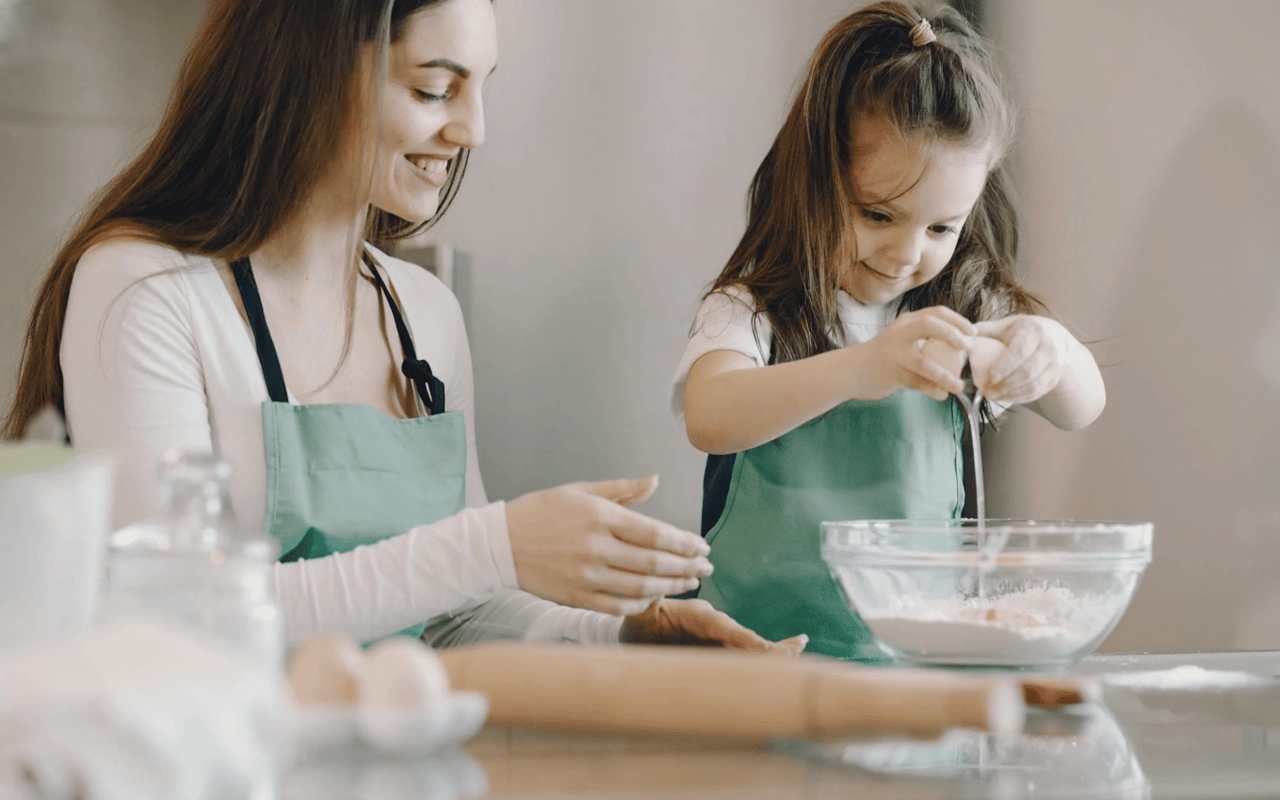Ensuring a safe home environment is a top priority for families with young children. From everyday accidents to hidden hazards, there are numerous potential dangers that can be overlooked in a household. Creating a childproof home doesn’t just mean covering electrical outlets or installing baby gates—it involves a comprehensive approach to prevent accidents and provide a secure space for kids to explore and play. In this guide, explore the key steps you can take to ensure your home is safe for children.
Childproofing the Living Room and Bedrooms
The living room and bedrooms are spaces where families spend the most time, so it’s crucial to focus on childproofing these areas first. Children are naturally curious, and anything within their reach can become a potential hazard if not properly secured.
Secure Furniture and TV Mounts
One of the most significant risks in a living room or bedroom is unsecured furniture. Children often climb on furniture, which can tip over if not anchored. Dressers, bookshelves, and TV stands should be secured to the wall using furniture straps or brackets to prevent tipping. Additionally, TVs should be mounted on the wall or secured with anti-tip straps to avoid accidents.
Keep Cords Out of Reach
Electrical cords, blind cords, and curtain cords pose serious strangulation hazards for young children. Make sure to bundle and secure cords to keep them out of reach. Cordless window treatments are a safer option for homes with small children, as they eliminate the risk of entanglement.
Install Corner and Edge Protectors
Sharp corners on coffee tables, countertops, and other furniture can cause injury to children. Installing corner and edge protectors made of rubber or silicone can help prevent bumps and bruises as children play and move around the house.
Maintain a Clear Pathway
Toys and clutter on the floor can cause tripping hazards for both children and adults. Make it a habit to clear the floor of any obstacles to reduce the risk of falls. Consider using storage bins or shelves to keep toys organized and out of high-traffic areas.
Safety in the Kitchen
The kitchen is often considered the heart of the home, but it also contains many potential dangers for children. From hot surfaces to sharp objects, it’s essential to take extra precautions in this area to protect your child.
Use Stove Guards and Knob Covers
Stove burners are a common source of burns and injuries for children. Installing stove guards can block access to hot burners, while knob covers prevent children from turning on the stove when unsupervised. Always turn pot handles inward to reduce the risk of a child pulling them down.
Secure Sharp Objects
Knives, scissors, and other sharp tools should always be stored out of reach or in childproof drawers. Install latches or locks on drawers and cabinets that contain hazardous items like cleaning supplies, knives, or small appliances with sharp blades.
Install Childproof Locks on Cabinets
Many household cleaners and chemicals are stored in kitchen cabinets, posing a poisoning risk to children. Installing childproof locks on lower cabinets and drawers will keep children from accessing harmful substances. You can also move dangerous items to higher shelves if possible.
Use Safety Gates for Kitchen Access
If possible, limit your child’s access to the kitchen by using a safety gate. This can prevent them from entering unsupervised and reduce the chances of them encountering hazards while you’re not looking.
Bathroom Safety Tips
The bathroom is another area where hazards can arise, especially for young children. From water safety to hazardous products, this room requires special attention.
Install Anti-Slip Mats
Bathrooms can be slippery, particularly after a bath or shower. To prevent slips and falls, place anti-slip mats both inside the bathtub and on the bathroom floor. Make sure to dry any wet surfaces immediately after use.
Keep Medications and Cleaning Supplies Locked
Medicines, cosmetics, and cleaning supplies should always be stored out of reach or locked in a cabinet. Even over-the-counter medicines can be harmful if ingested by children, so it’s important to ensure they are not accessible.
Set Water Heater to a Safe Temperature
To prevent scalding, it’s recommended to set your water heater’s temperature to no more than 120°F (49°C). This ensures that water from the tap or shower is not too hot for children, reducing the risk of burns during bath time.
Use Toilet Seat Locks
Toilets can be a drowning hazard for small children. Toilet seat locks can prevent children from opening the lid, reducing the risk of accidents. Additionally, never leave young children unsupervised in the bathroom, especially during bath time.
General Safety Tips Throughout the Home
Beyond room-specific precautions, there are some general safety measures that should be implemented throughout the home to keep children safe.
Install Smoke and Carbon Monoxide Detectors
Smoke detectors and carbon monoxide detectors are essential for every home, but they are especially important for families with children. Install detectors on every level of your home and in key areas such as bedrooms and hallways. Test the alarms regularly and replace the batteries as needed to ensure they are functioning properly.
Cover Electrical Outlets
Exposed electrical outlets can be tempting for curious little hands. Installing outlet covers or using tamper-resistant outlets can prevent children from inserting objects and getting shocked. Make sure to check outlets regularly for any signs of wear or damage.
Use Safety Gates for Stairs
Stairs are a common cause of injury for young children. Installing safety gates at the top and bottom of staircases can prevent children from climbing stairs unsupervised. Look for gates that are secure and difficult for children to open but easy for adults to operate.
Keep Small Objects Out of Reach
Small objects such as coins, buttons, or batteries can pose choking hazards for young children. Regularly check floors, tables, and other surfaces for any items that could be dangerous if swallowed. Ensure that toys and games with small parts are age-appropriate and stored safely.
Childproofing Is an Ongoing Process
It’s important to remember that childproofing your home is an ongoing process as your child grows. Children’s mobility and curiosity increase as they get older, so it’s necessary to continually reassess your home’s safety and make adjustments as needed. By being proactive and vigilant, you can create a safe and secure environment where your child can thrive.
Reach Out to the Lupe Kemper Team for More Information
Ensuring your home is safe for children is an essential part of creating a comfortable and secure living environment. If you’re looking to buy or sell a family-friendly home in Martinez, CA, reach out to the Lupe Kemper Team today. Their expert knowledge of the local real estate market can help you find the perfect home for your family, complete with the safety features you need.




